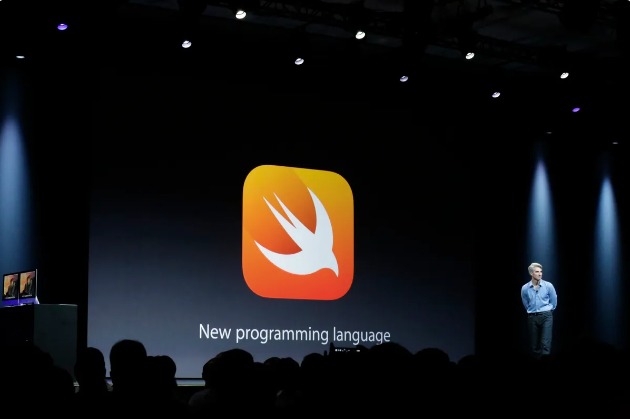
Apple took the developer community by storm last week when it announced Swift, a new programming language for iOS and Mac OS X. This new language is expected to be interactive and fun, concise yet expressive and faster. However, one question boggling the minds of the developers is, is it the end of the ‘Objective C’ era? No, pretty much not. The rare but quality developers that develop Apple Apps are too much dependent on Objective C for development and Apple certainly wouldn’t want to place them together on the learning curve by taking a hit on their revenues. Ok, so why would one want to move to Swift from Objective C? Well, we think there might be a couple of reasons.
Though it’s only a decade old for Apple Developers, Objective-C is literally 30 years old now and Apple always wanted to unveil its successor to work alongside the overworked pro. One of the reasons behind introducing Swift, we predict was to make it easier for developers to create apps for Apple’s mobile platform. Apple Developers write codes line after line and then compile those results to see output but using Swift language they can see results in real time instantly while writing their codes. Swift is one of those languages that does not require a lot of compilation when you are building the application. Unlike Objective C, you literally do not have to compile the code export the code to the emulator, and check the output. On the other hand, it’s like instant programming with Swift
Now if you are a developer, you might be thinking” How is the language more foolproof?”. Well, to state, Apple Swift is designed primarily for safety, improving memory corruption bugs caused by multi-threaded coding. As XCode’s new Playground feature will display a real-time representation of what developer’s code, debugging for the developers is now going to become a lot less time-consuming than it used to be. Additionally Swift also introduces optional types, which handle the absence of a value. Optionals say either “There is a value, and it equals x” or “There isn’t a value at all”. This makes the language safer.
Swift classes can be used in Objective-C code, and vice-versa. Interoperability lets you interface between Swift and Objective-C code, allowing you to use Swift classes in Objective-C and to take advantage of familiar Cocoa classes, patterns, and practices when writing Swift code.
If Swift proves to be as revolutionary as Apple claims it is, then we can expect a huge surge of interest in the language as well as a shift in the performance of the iOS and Mac apps over the next few years.
At Equations Work, we have a dedicated lab that constantly keeps checking out the possibility through a new technology and its impact as well as prospects for businesses. Since the day Swift was announced, our lab at Equations Work got even busier for experimenting with the technology. We will keep you posted on our findings as and when. Subscribe to this blog to get to know more.